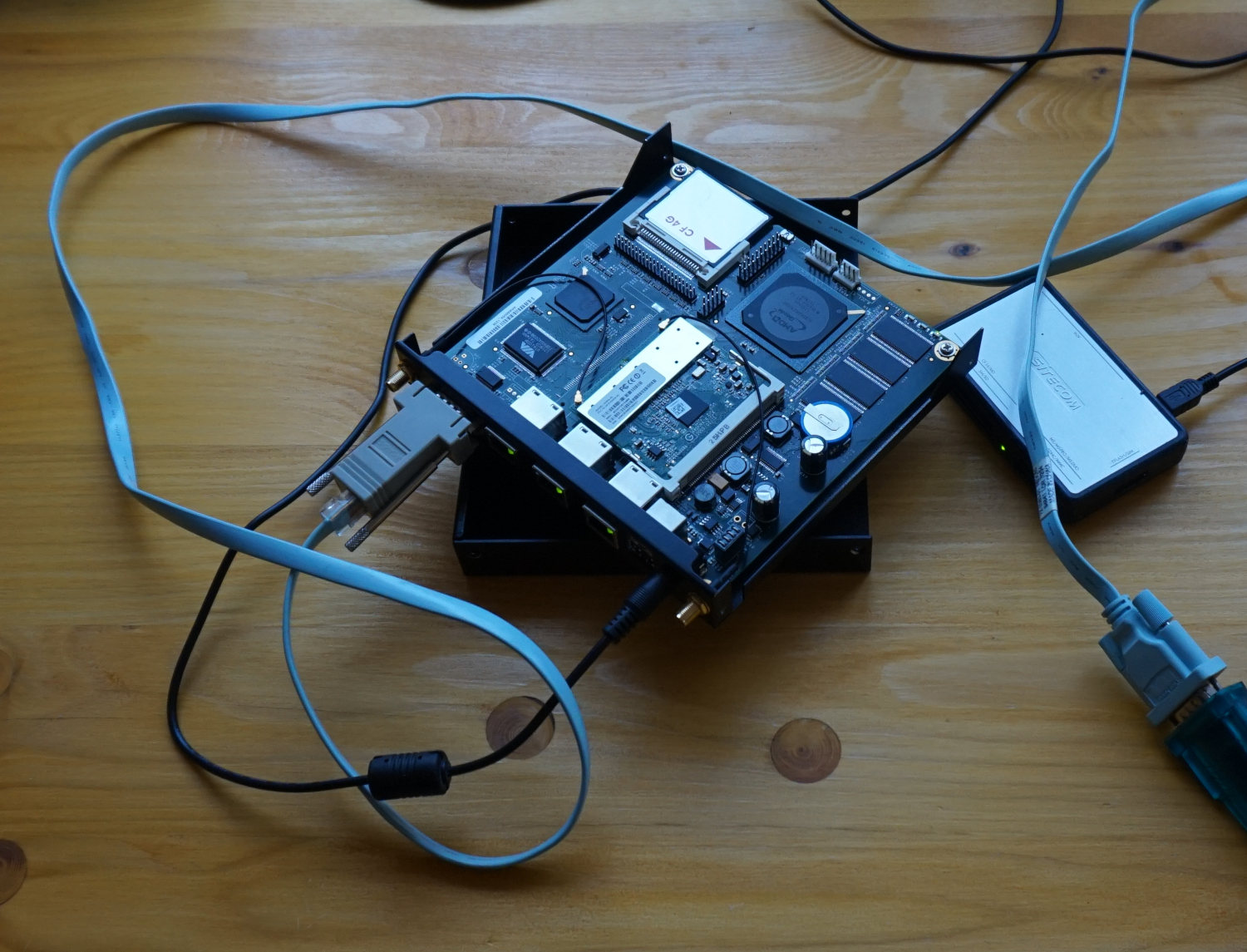Switch from Libreboot to coreboot
I use(d) Libreboot on my Lenovo W500. And it works fine… but I want to install FreeBSD on it. The GRUB payload Libreboot uses by default isn’t compatible with the FreeBSD bootloader. It is possible to boot FreeBSD from GRUB or try to recompile Libreboot with the SeaBIOS payload. …But I just wanted to play with coreboot, to be honest :-)




 I migrated
I migrated 
